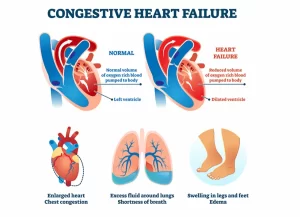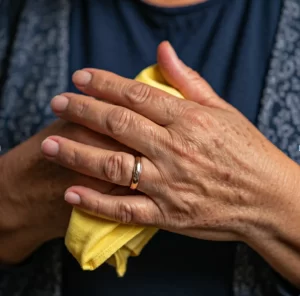Osteochondroma
By Marcos Otero, Gulf Coast Immediate Care Center, Fort Walton Beach
“I have a lump on my leg.” This was a complaint a young lady had when she came to see me several weeks ago. It was an osteochondroma.
Osteochondromasare the most common benign tumors of the bones. The tumors take the form of cartilage bony projections on the surface of bones. It is characterized as a type of overgrowth that can occur in any bone where cartilage forms bone. Tumors most commonly affect long bones about the knee and in the forearm. The majority of affected individuals presents them when they reach adolescence. Osteochondromas occur in 3% of the general population. They represent 35% of all benign tumors and 8% of all bone tumors.
Osteochondromas do not result from injury and the exact cause remains unknown. The treatment choice for them is surgical removal of solitary lesion or partial excision of the outgrowth when symptoms cause motion limitations or nerve and blood vessel impingements.
Symptoms—Limited normal functions and movements are caused by osteochondromas growing slowly and inwardly. The majority of osteochondromas are symptomless and are found incidentally. Everyone with osteochondroma may experience symptoms differently and most of the time individuals will experience no symptoms at all. Some of the most common symptoms are a hard immobile painless palpable mass, adjacent muscle soreness, and pressure or irritation with heavy exercising. Major symptoms arise when complications such as fractures, bone deformity or mechanical joint problems occur. If the occurrence of an osteochondroma is near a nerve or a blood vessel, the affected limb can experience numbness, weakness, loss of pulse or color change. If the tumor is found under a tendon, it can cause pain during movement causing restriction of joint motion. Pain can also occur due to bursal inflammation, swelling or fracture at the base of the tumor stalk. Some of the clinical signs and symptoms of malignant osteochondroma are pain, swelling, and mass enlargement.
Diagnosis Osteochondromas are often asymptomatic and may not cause any kind of discomfort. They are often found accidentally when an X-ray is done for an unrelated reason.[11]
- X-rays are the first test performed that characterize a lesion. They show a clear picture of dense structures of bones and will also indicate bone growth pertaining to osteochondroma.
- Computed tomography (CT) scan can identify the bony lesion in great detail and show the presence of calcification. These tests also provide great details, especially in soft tissues with the aide of cross-sectional images.
- Magnetic resonance imaging (MRI) is the most accurate method for detecting bone masses in symptomatic cases to depict precise morphology of a tumor. It is used to verify if the palpable mass is continuous with the cortex of the affected bone and to differentiate an osteochondroma from other lesions on the surface of the bone. MRI can also be used to look for cartilage on the surface of tumor and can depict any vascular complications caused by the tumor. An MRI can identify tumors of the spinal column and is often used to diagnose low grade osteosarcoma.
Treatment and prognosis—Osteochondromas are benign lesions and do not affect life expectancy. Complete excision of osteochondroma is curative and the reoccurrences take place when the removal of tumor is incomplete. No treatment is necessary for Solitary osteochondromas that are asymptomatic. Treatments for solitary osteochondromas are careful observation over time and taking regular x-rays to monitor any changes in the tumor. If the lesion is causing pain with activity, nerve or vessel impingement, or if the bone growth has fully matured and the presence of a large cartilage cap is prominent, then it is advised that the tumor be surgically removed.
Although at first these appear worrisome the majority are benign and painless. The young lady has had no problem and further testing demonstrated it was indeed an osteochondroma.


